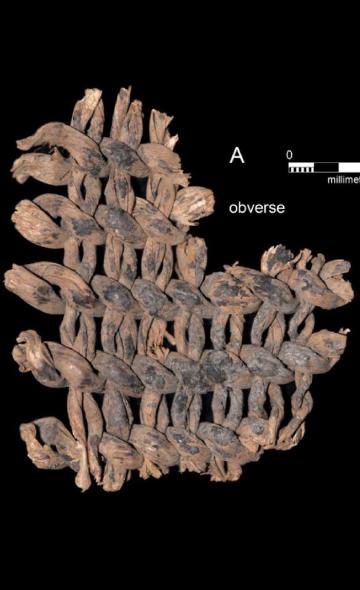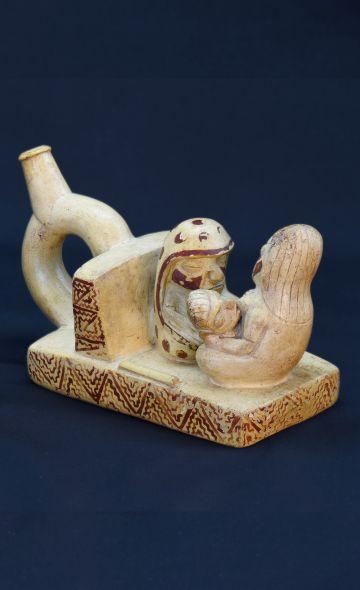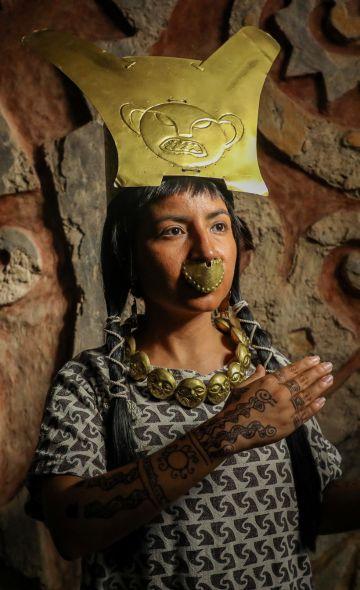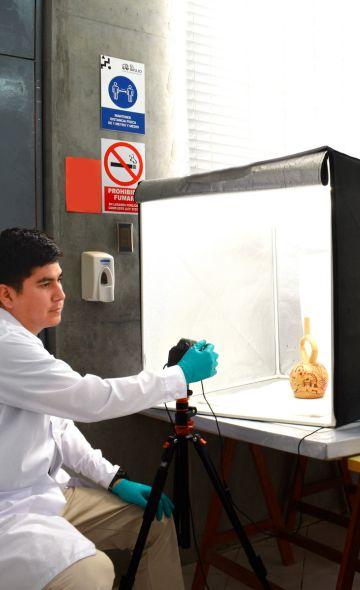- Visitors
- Researchers
- Students
- Community
- Information for the tourist
- Hours and fees
- How to get?
- Visitor Regulations
- Virtual tours
- Classic route
- Mystical route
- Specialized route
- Site museum
- Know the town
- Cultural Spaces
- Cao Museum
- Huaca Cao Viejo
- Huaca Prieta
- Huaca Cortada
- Ceremonial Well
- Walls
- Play at home
- Puzzle
- Trivia
- Memorize
- Crosswords
- Alphabet soup
- Crafts
- Pac-Man Moche
- Workshops and Inventory
- Micro-workshops
- Collections inventory
- News
- Researchers
- Economic activities in ancient Peru: Basketry
News
CategoriesSelect the category you want to see:
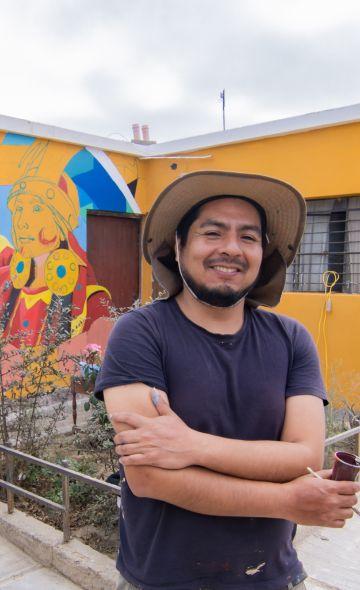
Magdalena de Cao to Once Again Host an International Mural Art Gathering ...
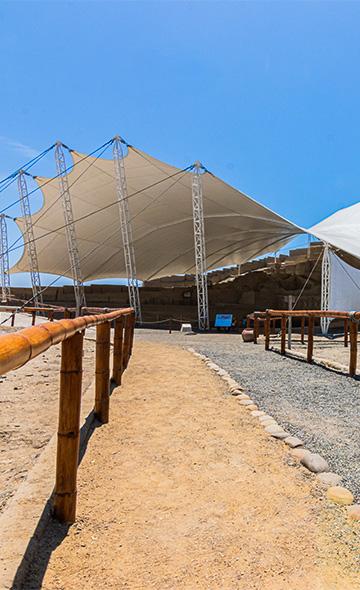
Explore El Brujo Through Virtual Tours: Culture and History at a Click ...
To receive new news.
By: Rubén Buitron Picharde
Ruben H. Buitron Picharde
Head of the laboratory of the El Brujo Archaeological Complex
One of the oldest productive activities of humanity, even before the domestication of plants, is nothing less than the practice of organizing plant fibers into beautiful fabrics. We are referring to basketry activities. Although nowadays it represents an economic activity relegated to crafts, in very remote times of humanity it was crucial for subsistence and cultural development. The oldest archaeological records that we have come from the Paleolithic settlements of Moravia, Czech Republic, with an antiquity ranging from 27,000 to 29,000 cal. BP. (Adovasio, 2010). These were clay prints, where it was possible to identify varieties of the interlaced technique, evidencing a high degree of technological development achieved by humanity in its beginnings.
In the case of the South American Andes, to date, the earliest reports of basketry and cordage are found in the cave of Guitarrero (Fig. 1), located in Callejón de Huaylas. The fragments of interlaced basketry and cordage were dated to between 12800 and 10600 cal. BP. (Jolie et al., 2011). According to its researchers, the artifacts in vegetable fiber were part of the essential equipment for the internment into and dominion over the high Andean areas by the first groups that populated this part of the continent.
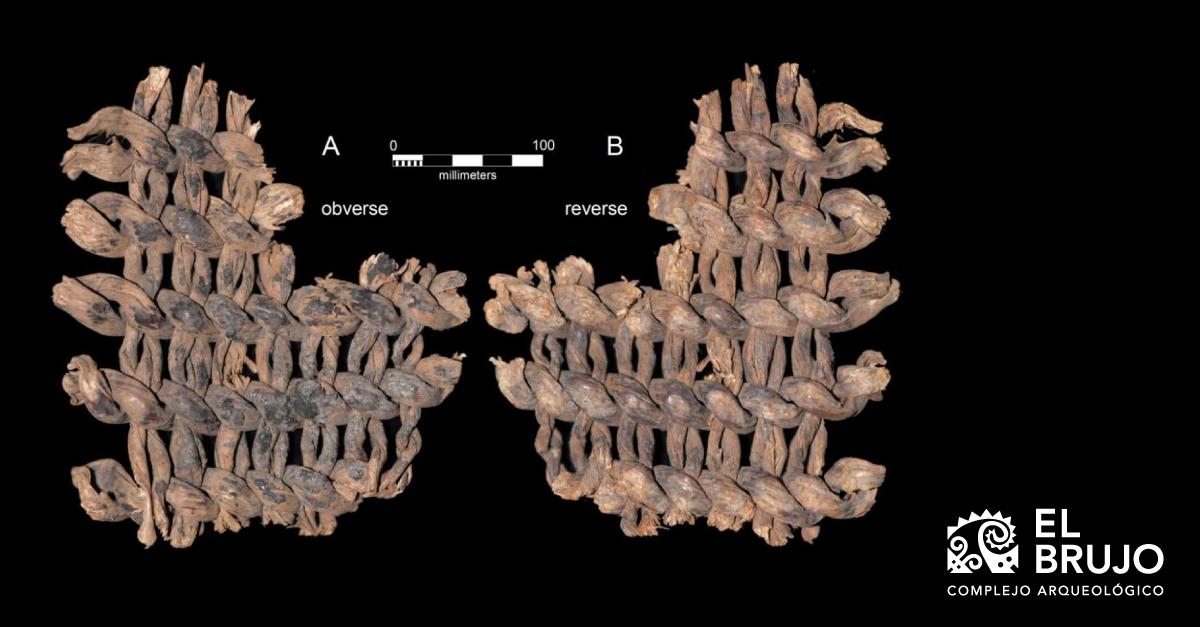
Fig. 1. Basketry fragments with interlaced technique discovered in the Cave of Guitarrero (Jolie et al., 2011)
In relation to the Andean coastal strip, the oldest reports of basketry are found in the pre-mound sectors of Huaca Prieta, Chicama Valley. The latest research (Dillehay et al., 2017) has reported fragments of reed basketry, made using two variants of the interlacing technique, dated back to 10,600 and 11,159 years cal. BP. Due to the close-woven and rigid characteristics of the fragments, it is hypothetically posited that they had served as traps, as part of fishing baskets or as a mat for the floor. What is certain is that their importance lies in their link with subsistence economic activities at the beginning of human development.
By 3,000 BC basketry and cordage already had an important development and distribution in much of the Andean territory. Proof of this is the archaic cemetery of Chilca, town 1, located south of the city Lima. At this site a village and a cemetery were discovered, where mats and bags were the most used artifacts in their funeral bundles (Fig. 2). As in later times, the technique of interlacing, in its open and spiral variants, is the most predominant (Engel, 1988). Here, we can observe that these artifacts already covered other needs of social life such as making houses, storage, funeral practices and it was even possible to identify artifacts in vegetable fiber, shaped like animals, as toys.
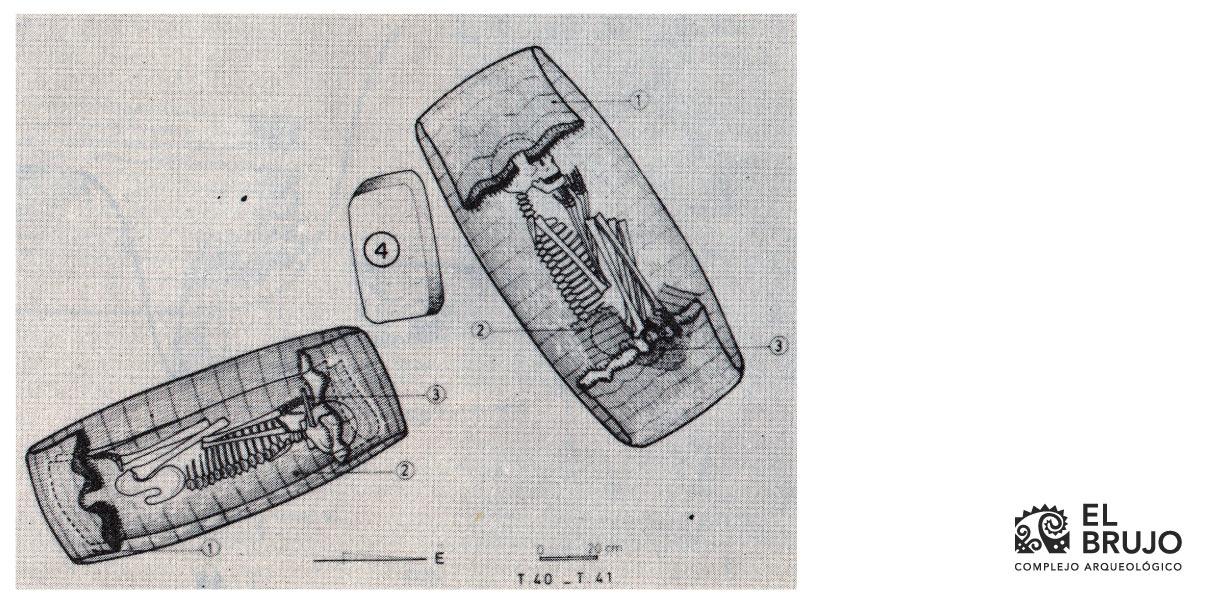
Fig. 2. Funerary pattern in Chilca, Pueblo 1. Note the standardized use of mats in their funeral bundles (Engel, 1988).
The progressive development of pre-Hispanic societies raised the demand for basketry artifacts, giving great value to the natural areas where raw materials were extracted. We are referring mainly to the lagoons and wetlands, places where the rush (Juncus), the totora (bulrush: Schoenoplectus californicus) and various species of reeds were collected and cultivated. According to María Rostworowski (2016), the demand for these plants for the production of mats and baskets was so intensive that in 1654 the cacique of Huamán (Trujillo) requested from the Spanish government rights over several swampy lagoons for the cultivation of reeds.
As we have been able to observe, basketry played a very important role in the life of pre-Hispanic societies. But it also represents the direct antecedent of textiles as we know them, once cotton was domesticated back around 7800 cal. BP (Rossen, 2011). An example of what we say are the cotton textiles discovered in Huaca Prieta. They were made using the same interlacing techniques of basketry and date back to 6200 cal. BP (Splitstoser et al., 2016).
In relation to the production processes involved in basketry, there were four main steps:
- Harvesting: We refer to the extraction of raw material, whether cultivated or not. According to studies on the management of these plants in modern populations of the Peruvian coast (Aponte, 2009), they indicate that the fibers can be collected in wetlands almost all year round, although modern inhabitants avoid the summer months because of pests. Their harvesting can be manual by direct extraction, but the rhizomes are usually left in the substrate so that they can grow back.
- Drying: Once the raw material was cut, it was transported to drying points. The fibers must lose all moisture to make them lighter and more moldable. Hence, it is exposed to the sun for a few days. In this process they lose their green color and obtain that characteristic yellow color.
- Selection: Before being transported for later weaving, it is selected according to size, fiber quality and the type of use that it will have. As we pointed out above, basketry has a wide range of products for construction, mortuary practices, prestigious objects or simply as mats for the floor. Once selected, it is packed and taken so that the artisan can weave it.
- Weaving: It refers to the set of know-how and manual work invested by the artisan. The techniques depended much on the type of artifact to be made, as well as the variety of techniques that the social group mastered.
But, what were the manufacturing techniques most used? According to James Adovasio (2010), a famous specialist in the study of basketry, the techniques were grouped mainly into 3:
- Spiral technique. It consists in placing an element that is rolled onto itself and held by a series of stitches that gives consistency to the weaving (Fig. 3). This element can be composed of a group of fibers, twisted and even stranded. It is usually used for crafting baskets, containers and wrappers. For example, this technique has been reported making use of stranded ropes of totora as the main element and cabuya cords for the seams, as a wrapper for the bundles of the Wari period on the Central Coast (Cornejo, 2021; Flowers, 2013).
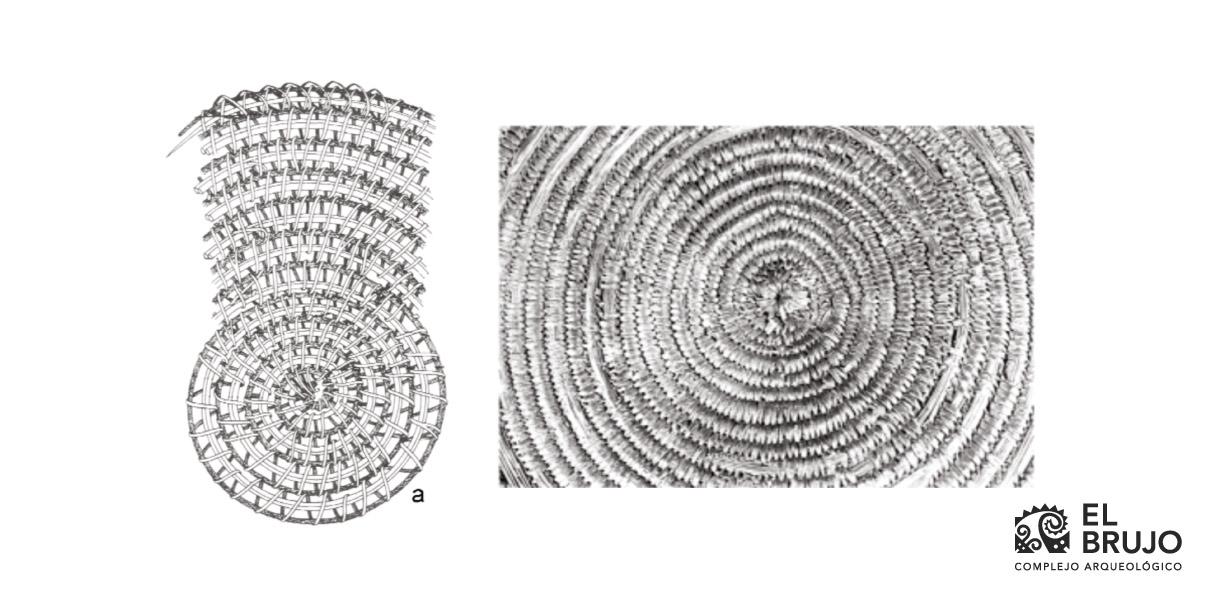
Fig .3. Spiral technique (Modified from Calo, 2008).
- Interlaced technique: It occurs when two movable horizontal elements hold vertical elements to form a structure (Brugnoli & Hoces de la Guardia, 1998) (Fig. 4). This technique has a significant number of subvariants that allow to craft various artifacts such as floor mats, baskets, containers for sewing tools, etc. Both in Guitarrero and in Huaca Prieta an important number of artifacts that feature this technique were discovered, this being one of the most used basketry techniques in the Andes in early times.
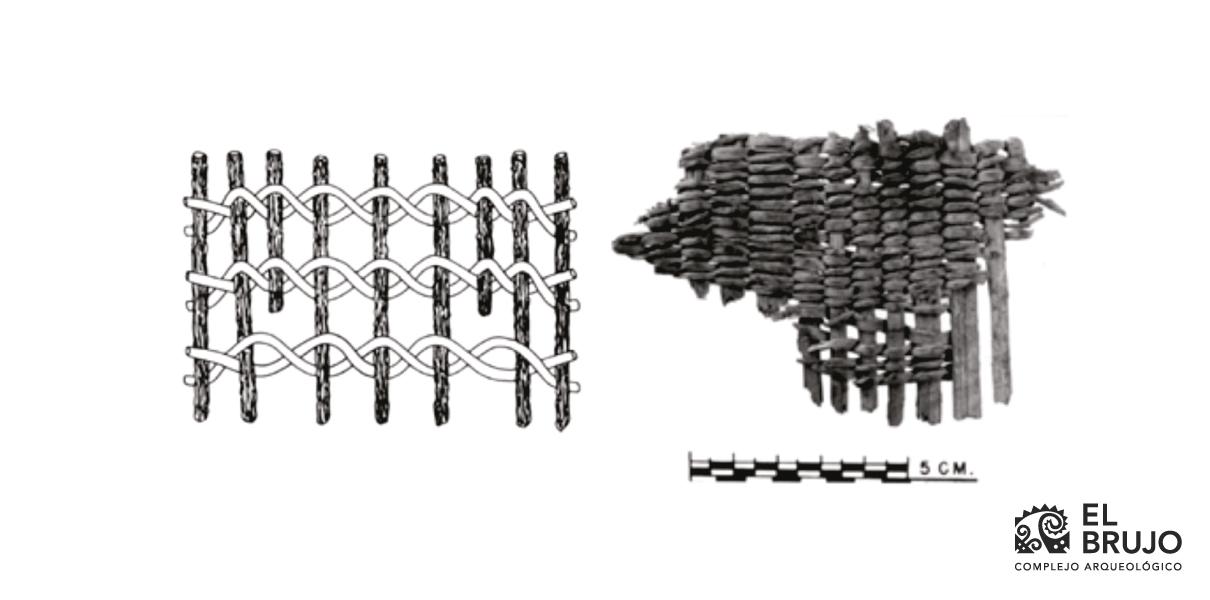
Fig. 4. Interlacing technique (Adovasio, 2010)
- Woven technique: It is obtained when vertical and horizontal elements are crossed to form a close-woven and consistent structure (Fig. 5). This being a more versatile technique, it serves for crafting vertical matting, floor mats, headdresses, crowns, containers, etc. In the same way as in the interlacing, this technique has many variants, among which the plain and twill techniques stand out.
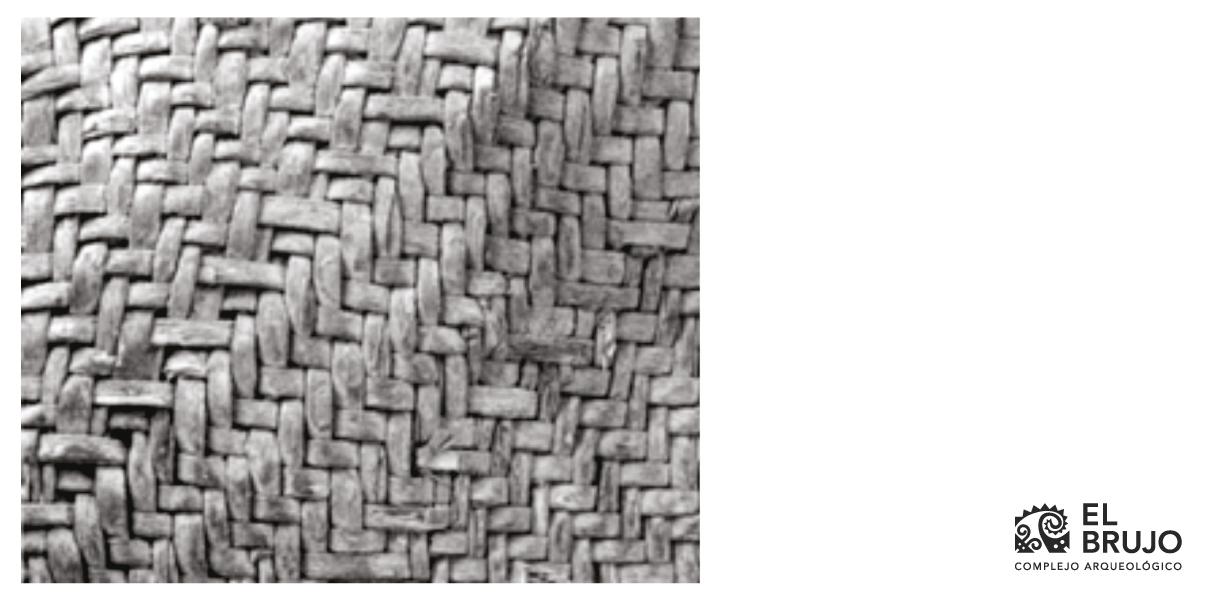
Fig. 5. Twill woven technique (Adovasio, 2010)
Much of the basketry artifacts used to be made with several of these techniques (Fig. 6). Moreover, there are reports of other techniques such as inset, stranding, etc., but they were produced in smaller quantities.
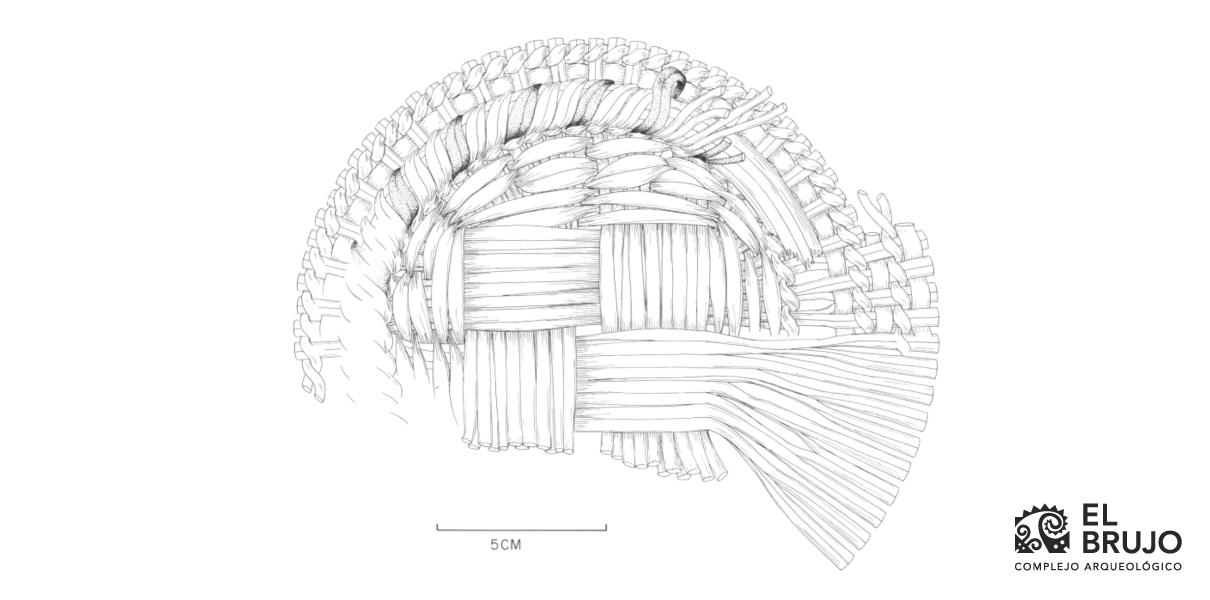
Fig. 6. Basket fragment discovered in Huaca Prieta. Note the use of interlacing and weaving techniques (Bird et al 1985)
Basketry in the El Brujo Archaeological Complex
The El Brujo Archaeological Complex is located near the mouth of the Chicama River, a geographical area favored by wetlands. Even nowadays, in rainy seasons, it is common to see small wetlands where cattails and reeds grow (Fig. 7). This suggests that, in pre-Hispanic times, the areas of extraction of the raw material for basketry were much more extensive and probably artificially expanded with floods controlled by canals.
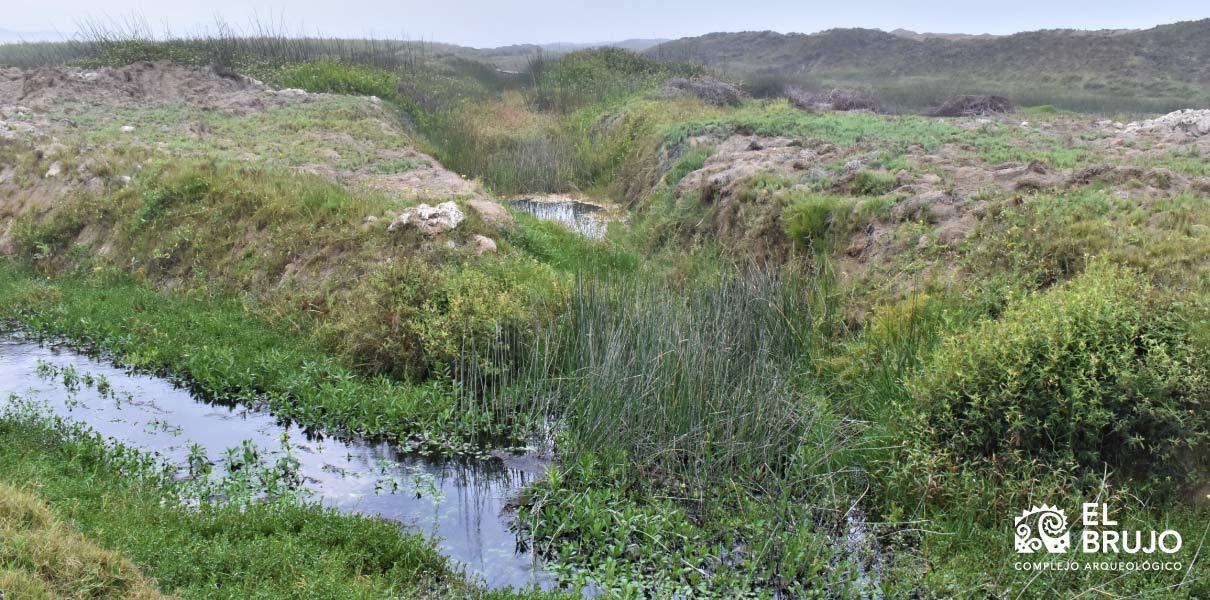
Fig. 7. Presence of reed at the mouth of two channels adjacent to Huaca Prieta.
Having important areas of extraction and a long-standing human occupation allows us to better understand the finding of specimens that exceed 10,000 years of antiquity for the pre-mound phases of Huaca Prieta. Subsequently, research conducted on the same mound (Bird et al., 1985) concludes that woven and interlaced basketry had a degree of hegemony until shortly after the advent of cotton textiles. New incoming technologies, such as ceramics, more stable building materials and mainly cotton textiles, restricted their production to floor mats, baskets and some special artifacts.
In Huaca Cao, extensive rectangular reed mats, more than 3 meters long, made in woven technique of the twill type (2/1), have been reported from the Mochica period (200-700 AD), which covered the funerary bundles of the elite; as was the case in the bundles of the Lady of Cao (Fig. 8) and two of her companions (Mujica, 2007). These pieces are in the warehouses of CAEB and feature attributes and finishes that are quite elaborate, which would indicate that basketry would have achieved an important technological development since the times of Huaca Prieta.
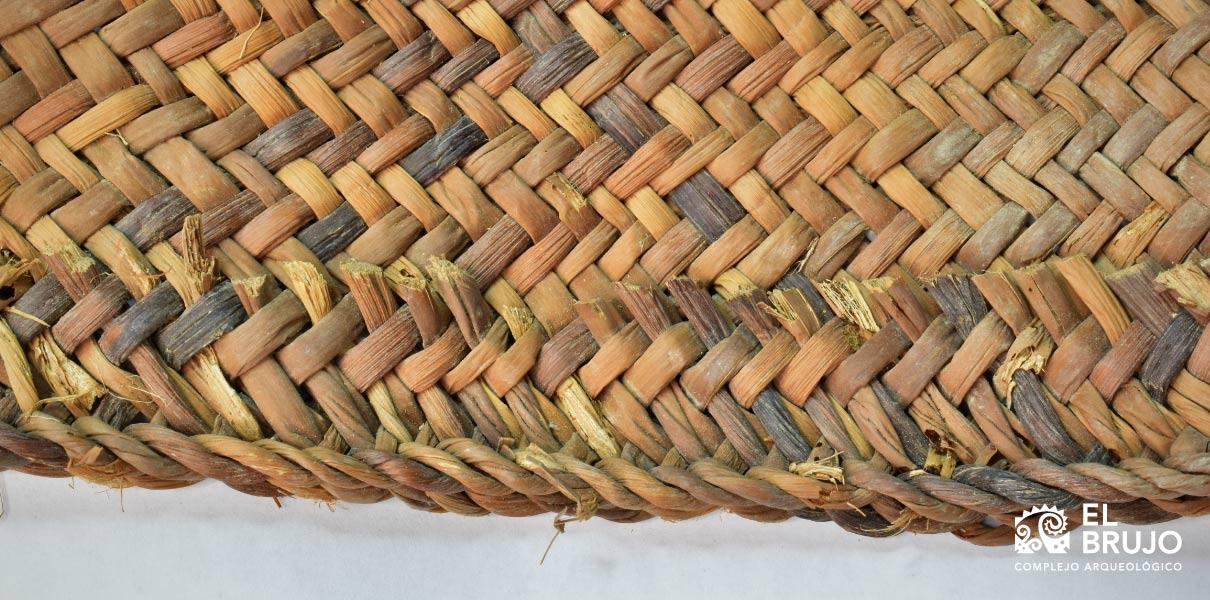
Fig. 8. Detail of the reed floor mat that covered the bundle of the Lady of Cao.
From the transitional period (800-900 AD), we have a floor mat found at the base of tomb 1-1995 (Franco et al., 2007). Unfortunately there is no more evidence of basketry from this time, mainly due to the intensive looting that these tombs have suffered.
Fortunately, for the Lambayeque period (900-1200 AD), a cemetery has been reported. It was located atop the rubble of the north front of Huaca Cao Viejo. Excavated burials have unveiled a wide variety of basketry artifacts such as floor mats, containers for sewing tools, bags and less common artifacts such as headdresses. This variety is due, to a large extent, to the fact that the regular population and the local elite were buried indistinctly in the cemetery. The handling of techniques is very varied, among which stand out mainly the twills, the interlaces and the insets, for the headdresses.
For later times, we have little documented evidence. This, because the main settlements were located outside El Brujo.
As we have been able to see, basketry was a very important economic activity for humanity, representing one of the few tasks that is directly related to the sustainable extraction and preservation of wetlands. This link, even today, makes the populations that still safeguard this know-how establish a relationship of empathy with their environment, in addition to being the recipients of millenary knowledge that unfortunately have been progressively lost. In this scenario, basketry represents an opportunity and a legacy that we must strengthen and safeguard to achieve an integral and coherent development of our society.
Bibliography
-
- Adovasio, J. M. (2010). Basketry Technology: A Guide to Identification and Analysis. Routledge.
- Aponte, H. (2009). The reed: Classification, biology and management. Científica, 6(1), 38-45.
- Bird, J., Hyslop, J., & Skinner, M. (1985). The Preceramic excavations at the Huaca Prieta Chicama Valley, Peru. (Vol. 1). American Museum of Natural History.
- Brugnoli, P., & Hoces de la Guardia, S. (1998). In search of the meaning of textile structures and textile techniques: The twine. Bulletin of the National Committee for Textile Conservation, No. 3, 71-79.
- Calo, C. (2008). Imprints of the past: The baskets of Cardonal. Revista Española de Antropología Americana, 38 (2), 39-55.
- Cornejo, M. (2021). Catalina Huanca Archaeological Complex. Mound 6: Continuity and rupture of the Middle Horizon on the central coast (Cornejo M.). Arenera San Martin de Porres S.A.
- Dillehay, T. D., Goodbred, S., Pino, M., Vásquez Sánchez, V. F., Tham, T. R., Adovasio, J., Collins, M. B., Netherly, P. J., Hastorf, C. A., Chiou, K. L., Piperno, D., Rey, I., & Velchoff, N. (2017). Simple technologies and diverse food strategies of the Late Pleistocene and Early Holocene at Huaca Prieta, Coastal Peru. Science Advances, 3(5), e1602778. https://doi.org/10.1126/sciadv.1602778
- Engel, F. (1988). Prehistoric Andean Ecology. Man, his establishment and the environment of the Andes. Life in arid and semi-arid lands. (Universidad Nacional Agraria La Molina). Arid Zones Research Centre.
- Flores, I. (Compiler). (2013). The Wari in Pucllana. The Tomb of a Priest. Ministry of Culture.
- Franco, R., Gálvez, C., & Vásquez, S. (2007). El Brujo: Post-Mochica Funerary Practices [Unpublished].
- Jolie, E. A., Lynch, T. F., Geib, P. R., & Adovasio, J. M. (2011). Cordage, Textiles, and the Late Pleistocene Peopling of the Andes. Current Anthropology, 52(2), 285-296. https://doi.org/10.1086/659336
- Mujica, E. (2007). The Warlock. Huaca Cao, Moche Ceremonial Center in the Chicama Valley (Elías Mujica). Augusto N. Wiese Foundation.
- Rossen, J. (2011). Preceramic Plant Gathering, Gardening, and Farming. En T. D. Dillehay (Ed.), From Foraging to Farming in the Andes: New Perspectives on Food Production and Social Organization (pp. 177-192). Cambridge University Press. https://doi.org/10.1017/CBO9780511793790.010
- Rostworowski, M. (2016). Renewable natural resources and fisheries, XVI-XVII century; Curacas and successions, north coast. Institute of Peruvian Studies.
- Splitstoser, J. C., Dillehay, T. D., Wouters, J., & Claro, A. (2016). Early pre-Hispanic use of indigo blue in Peru. Science Advances, 2(9). https://doi.org/10.1126/sciadv.1501623
Researchers , outstanding news


